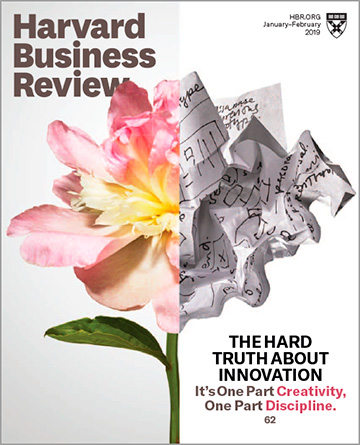
Co-authored with David Bell and Toni Moreno. We conjecture that for online retailers, experience-centric offline store formats do not simply expand market coverage, but rather, serve to significantly amplify future positive customer behaviors, both online and offline. We term this phenomenon “supercharging” and test our thesis using data from a digital-first men’s apparel retailer and a pioneer of the so-called “Zero Inventory Store” (ZIS) format—a small footprint, experience-centric retail location which carries no inventory for immediate fulfillment, but fulfils orders via e-commerce. Using a risk-set matching approach, we calibrate our estimates on customers who are “treated”, i.e., have a ZIS experience, and matched with identical customers who shop online only. We find that post the ZIS experience, customers spend more, shop at a higher velocity, and are less likely to return items. The positive impact on returns is doubly virtuous as it is more pronounced for more tactile, higher-priced items, thus mitigating a key pain point of online retail. Furthermore, the ZIS shopping experience aids product discovery and brand attachment, causing sales to become more diffuse over a larger number of categories. Finally, we demonstrate that our results are robust to self-selection and potentially confounding effects of unobservable factors on the matched pairs of customers. Implications for retailing practice, including for legacy, offline-first retailers, are discussed.


